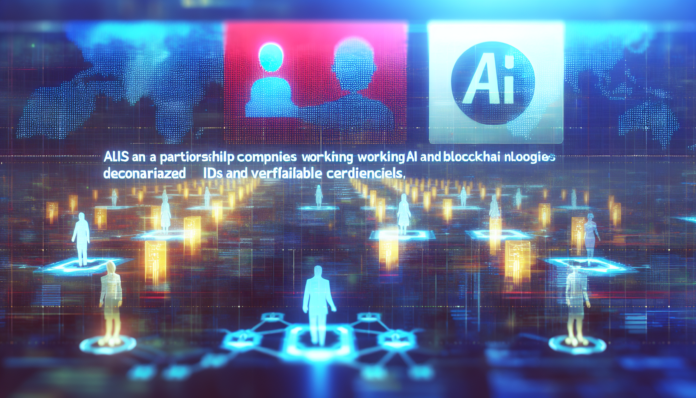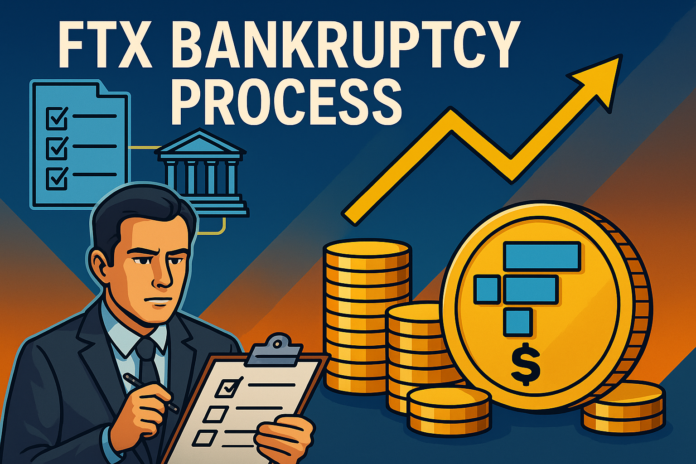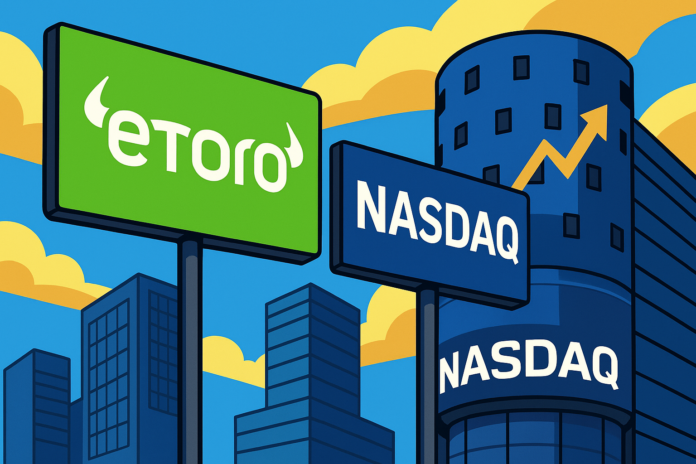Russia’s state-owned defense and industrial giant Rostec is entering the digital finance arena with a significant initiative to launch a ruble-backed stablecoin on the Tron blockchain. This move highlights an important evolution in Russia’s approach to integrating advanced financial technologies with its traditional industrial powerhouses, aiming to foster innovation, compliance, and enhanced utility across its economic sectors.
Rostec’s RUBx: A Stablecoin Anchored to the Ruble
The new stablecoin, named RUBx, will be pegged one-to-one to the Russian ruble, ensuring that each digital token corresponds directly to a real ruble held in reserve. This backing provides essential trust and stability, making RUBx a reliable digital currency for both corporate and individual users. Rostec, traditionally recognized for its vast contributions to Russia’s military-industrial complex, will serve as the sole issuer and operator of the stablecoin. This legal and operational framework ensures regulatory compliance, especially with close oversight by the Bank of Russia. The token’s ruble backing is written into law, solidifying its legitimacy in the digital payment ecosystem.
Alexander Nazarov, Rostec’s Deputy General Director, has emphasized that each RUBx is supported by actual ruble obligations, anchoring the stablecoin’s value firmly within Russia’s financial system. This commitment to transparency and regulation reassures users of RUBx’s credibility and utility.
Why Tron’s Blockchain?
Rostec’s choice to launch RUBx on the Tron blockchain is a strategic one. Tron is known for its high throughput capabilities, enabling fast transaction speeds, and its well-regarded low transaction costs, which make it ideal for a payment-focused stablecoin.
Using Tron’s TRC-20 token standard ensures that RUBx benefits from existing infrastructure designed for scalability and interoperability. This technical foundation positions RUBx to handle large volumes of transactions efficiently, an essential quality for mass adoption across Russia’s economy.
The decision to publish the smart contract code on GitHub, and to have the contract audited by the respected blockchain security firm CertiK, further underscores Rostec’s commitment to openness and security. This move not only enhances trust among users but also aligns with global best practices in blockchain project governance.
RT-Pay: Bridging Blockchain and Traditional Finance
Alongside the token launch, Rostec is introducing a digital payment platform called RT-Pay. RT-Pay is designed to integrate seamlessly with Russia’s existing banking infrastructure, creating a bridge between traditional fiat operations and blockchain technology.
This platform enables instant, low-cost digital ruble transfers that can happen any time, even outside typical banking hours. RT-Pay will also support interactions with external wallets, other blockchain services, and the execution of smart contracts, offering a versatile environment for various financial activities.
Dmitry Shumayev, head of the RUBx project, explained that the rollout will be phased, initially focusing on sectors with significant payment inefficiencies. The goal is to create a robust ecosystem that can be expanded progressively to serve different facets of the economy.
Regulatory Compliance and Security
One of the most critical aspects of the RUBx initiative is its alignment with Russian regulatory frameworks. Rostec has ensured that RUBx and RT-Pay comply with the Bank of Russia’s regulations, including anti-money laundering (AML) statutes and counter-terrorist financing requirements.
This observance of legal standards sets RUBx apart from many other stablecoins globally, which often face regulatory uncertainty. Rostec’s project offers a secure, compliant digital asset that institutions and individuals can trust, supporting Russia’s broader ambition to modernize its financial sector within a legal framework.
Broader Context: Russia’s Digital Finance Strategy
Rostec’s foray into stablecoins fits squarely within a broader state initiative to embrace digital currency technologies. Parallel to this, the Bank of Russia has been piloting its own central bank digital currency (CBDC), a digital ruble, to modernize payment systems and enhance financial sovereignty.
The deployment of RUBx and RT-Pay may serve as complementary infrastructure to the digital ruble, especially by targeting commercial enterprises and individual users with blockchain-based solutions that provide speed and cost advantages.
Moreover, this development can facilitate more efficient cross-border settlements, a pressing concern for Russia amid ongoing international sanctions. By using blockchain-based tokens like RUBx, Russian companies can potentially circumvent traditional banking limitations and continue engaging in global trade more easily.
Implications for the Military-Industrial Complex and Beyond
Rostec’s entry into the blockchain space signals a notable diversification from its core activities in defense manufacturing and technology. It signals a strategic adaptation to the evolving financial landscape, where blockchain and digital currencies are increasingly central to innovation.
The success of RUBx could inspire other state-affiliated industrial giants in Russia to explore blockchain solutions tailored to their sectors, potentially transforming how industrial payments and contracts are executed. This could lead to more efficient supply chains, transparent transactions, and enhanced accountability within critical industries.
Potential Challenges and Future Outlook
While the rollout of RUBx is promising, a number of challenges remain. User adoption outside established corporate clients may take time as the public grows accustomed to blockchain-based payments. Additionally, integration with existing financial systems can be complex, requiring careful coordination with banks and regulators.
Still, the deliberate phased approach and emphasis on security and compliance bode well for the project’s sustainability. If Rostec’s stablecoin and payment platform prove successful, they may become a blueprint for other government-backed blockchain initiatives, not only within Russia but potentially influencing state-level blockchain adoption worldwide.
Conclusion
Rostec’s launch of the RUBx stablecoin on the Tron blockchain and its development of the RT-Pay platform mark a pivotal moment in Russia’s digital finance evolution. By combining the stability of the ruble with the speed, low cost, and transparency of blockchain technology, Rostec is setting the stage for a new era of secure, compliant, and efficient digital transactions.
This initiative not only enhances Russia’s financial sovereignty amid geopolitical pressures but also demonstrates how traditional industrial powerhouses can innovate boldly in the crypto space. As RUBx rolls out, it will be closely watched as a potential model for integrating state interests with next-generation payment technologies, signaling a significant shift in the global crypto landscape.
























